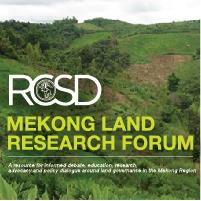Resource information
Although Cambodia is one of Asia’s smallest and poorest economies—in the Association of Southeast Asian Nations (ASEAN) only Burma’s per capita purchasing power is lower—changes in its environment for business and trade since the turn of the millennium have been rapid and dramatic. Insiders and outsiders alike are increasingly recognizing the country’s economic potential as a range of new investment and infrastructure projects evince growing confidence and opportunity. Cambodia’s situation at the heart of a regional market incorporating Vietnam, Southern China, Thailand, and Laos, as well as ASEAN more broadly, bodes well for its agricultural value chains, including rice, aquaculture, livestock, and spices. A member of the World Trade Organization since 2004, Cambodia has enacted a number of commerce-friendly laws. For example, the country allows up to 100 percent foreign ownership in most sectors. Notwithstanding these advances, the majority of Cambodia’s 15.2 million people continue to work in low-productivity, subsistence agriculture, although the industrial and service sectors (garments and tourism most prominent among them) now provide more than 40 percent of jobs and account for 64 percent of GDP. Agriculture and food security remain of critical concern, with the country’s most vexing political and economic issues centering on land, infrastructure, access to finance, and human capacity. Indeed, institutions charged with implementing policy and legal changes tend to lack resources and awareness of best practice in governance and accountability.


